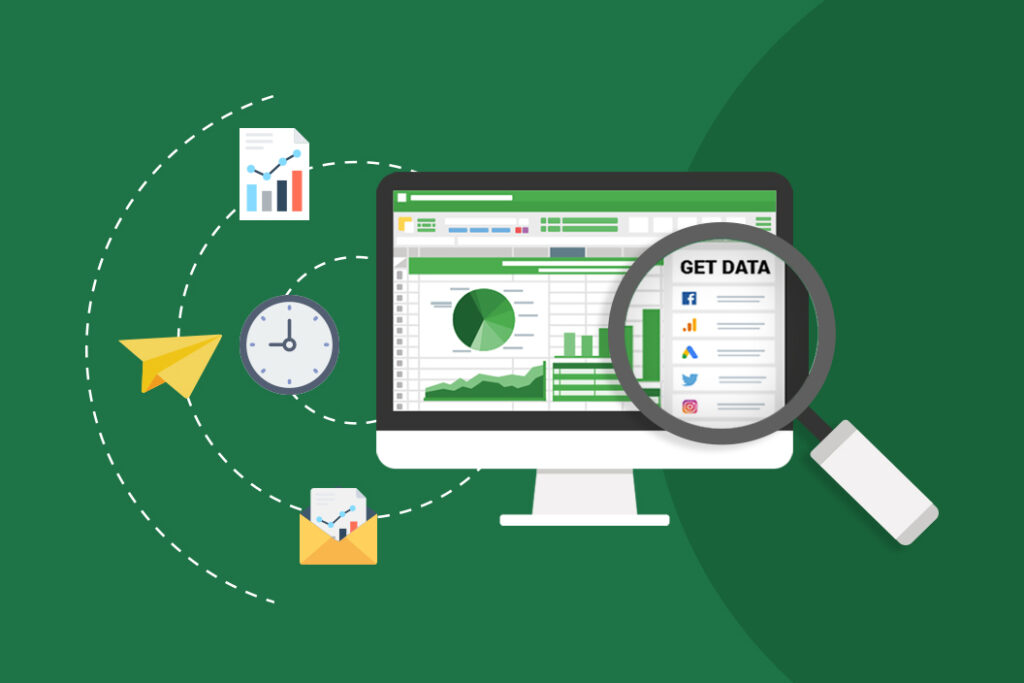Personal Career & Learning Guide for Data Analyst, Data Engineer and Data Scientist
As a data analyst, Microsoft Excel is one of the most valuable tools you can use to work with large amounts of data. With its advanced features and functions, Excel allows you to perform complex data analysis tasks with ease. One of the tasks you may need to perform as a data analyst is counting the number of records that fall between a specific date range and have a specific age range. In this article, we’ll provide a step-by-step guide to performing this task in Excel, without the use of any code, making it easy for anyone to follow.
Here are the steps to count the number of records between a specific date range and a specific age range:
- Prepare your data: First, make sure that you have your data in a table format, with columns for date of birth and date of the event.
- Add a new column for age: In this column, you’ll need to calculate the age of each person based on their date of birth and the date of the event. To do this, you can use the following formula: =(Event Date – Date of Birth)/365.
- Add a new column for age range: In this column, you’ll need to classify each person into an age range. To do this, you can use the IF function, for example: =IF(Age<20,”0-20″,IF(Age<30,”20-30″,IF(Age<40,”30-40″,”40+”))).
- Filter the data: Now that you have calculated the age and age range for each person, you can filter the data to show only the records that fall between the specific date range and have the specific age range you are interested in. To do this, use the Filter feature in Excel.
- Count the records: Finally, you can use the COUNT function to count the number of records that match your criteria. For example, if you want to count the number of records that fall between January 1, 2020, and December 31, 2020, and have an age range of 20-30, you would use the following formula: =COUNTIFS(Event Date,”>=1/1/2020″,Event Date,”<=12/31/2020″,Age Range,”20-30″).
By following these steps, you can easily count the number of records that fall between a specific date range and have a specific age range in Excel. This can be a useful tool for data analysis, as it allows you to get a better understanding of your data and make informed decisions based on the results.
In conclusion, Excel is a powerful tool for data analysis and a valuable resource for data analysts. With its advanced features and functions, you can perform complex tasks like counting the number of records between a specific date range and a specific age range with ease. By following the steps outlined in this article, you can take advantage of the full potential of Excel and use it to make informed decisions based on your data.
Excel Example for Data Analyst – Count between dates by age range
 Loading...
Loading...
Disclaimer: The information and code presented within this recipe/tutorial is only for educational and coaching purposes for beginners and developers. Anyone can practice and apply the recipe/tutorial presented here, but the reader is taking full responsibility for his/her actions. The author (content curator) of this recipe (code / program) has made every effort to ensure the accuracy of the information was correct at time of publication. The author (content curator) does not assume and hereby disclaims any liability to any party for any loss, damage, or disruption caused by errors or omissions, whether such errors or omissions result from accident, negligence, or any other cause. The information presented here could also be found in public knowledge domains.
